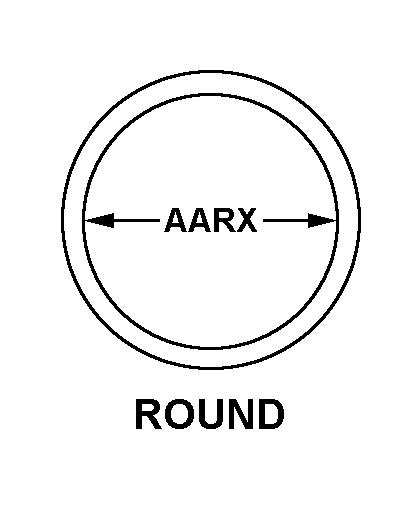4720000228804
Price Quote Get an up to date pricing and availability quote for this product. Order online or over the phone.
Quality Commitment
Serving our customers with quality and safety first.
- AS9120 Certified
- Audited supply chain
- ITAR Registered
- DDTC Registered
- HAZMAT Certified
- Customer service objectives
- Every product 100% inspected

4720-00-022-8804 Specification Set by the OEM (see RNCC code 3)
round
3b 1st end
RIGHT-Hand 1st end
0.750in.
-40.0 deg fahrenheit and 270.0 deg fahrenheit single response
1.125in.
swivel nut flare 1st end
straight 1st end
threaded internal tube 1st end
electrostatic discharge capability and SELF-Sealing
12 1st end
2500.0 pounds per square inch
2nd layer spirally laid corrosion resistant steel wire and outer layer rubber impregnated braided cotton cord and 1st layer spirally laid cord strands
600.0 pounds per square inch
1.625in. 1st end ⁓1/64"
37.0 degrees 1st end
1250.0 pounds per square inch
smooth
179.000in. working
equipped w/SELF-Sealing coupling half and union nut on one end
un 1st end
Cross Reference Parts Part numbers that meet the specification outlined on this page and set by the OEM
Identification Item Identification Guide (IIG) and Item Name Code (INC)

Definition Definition of approved item name (AIN): "HOSE ASSEMBLY,NONMETALLIC"
A length of nonmetallic hose with fittings on one or both ends. For items without fittings, see hose, nonmetallic. Excludes hose assembly, air duct; and hose assembly, air duct, air breathing.
4720-00-022-8804 Material Hazmat, Precious Metals, Criticality, Enviroment, and ESD
Indicates there is no data in the hmirs and the nsn is in a fsc not generally suspected of containing hazardous materials.
Precious metal content is unknown
The item does not have a nuclear hardened feature or any other critical feature such as tolerance, fit restriction or application.
Identification Codes
HMIC: Hazardous Material Indicator Code. A one position code that identifies a hazardous item.
PMIC: Precious Metal Indicator Code. A one position code which identifies items that have precious metals as part of their content. precious metals are those metals generally considered to be uncommon, highly valuable, and relatively superior in certain properties such as resistance to corrosion and electrical conductivity.
ESD: Electrostatic Discharge. Indicates if an item is susceptible to electrostatic discharge or electromagnetic interference damage. electrostatic discharge damage occurs when an accumulation of static electricity generated by the relative motion or separation of materials is released to another item by direct contact. electromagnetic interference damage occurs when an item comes into proximity with an electrostatic or magnetic field.
ENAC: Enviromental Attribute Code. Identifies items with environmentally preferred characteristics.
CRITL: Criticality Indicator Code. Indicates an item is technically critical by tolerance, fit, application, nuclear hardness properties, or other characteristics.






